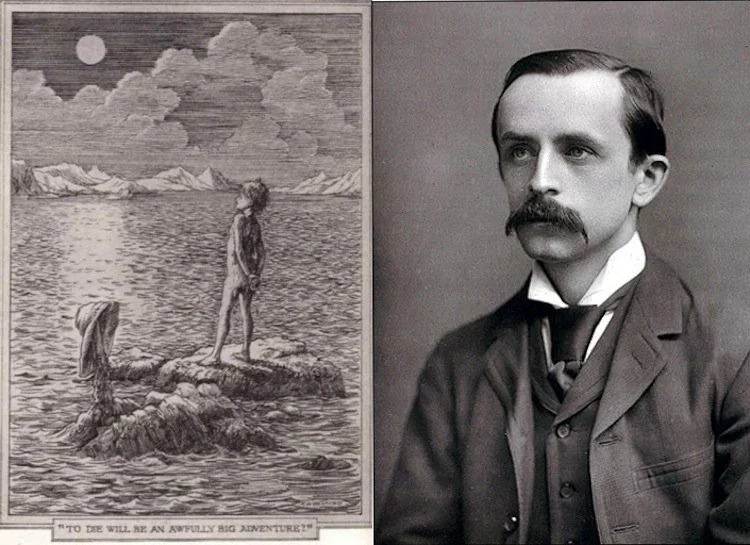Switch Hands
In the notebooks of J.M. Barrie, the left-handed person is described:
"I find the person who writes with his left is quite another pair of shoes from the one who employs his right; he has other standards, sleeps differently, has novel views on the ontology of being, and is a more sinister character.” - J.M.Barrie, Letters of J.M. Barrie, 1917, pg.38.
In a remarkable turn of events, when Barrie sat down to write Peter Pan, he struggled. He just couldn't write. So, what did he do? How did he overcome this obstacle? He switched hands.
Here's a little interpretation of this reversal: J.M.Barrie implemented the innovative practice of switching hands when confronted with the impossible; for it is no longer a matter of facing the absolute, but of escaping the plane of representation and entering the flatbed ontology of ‘becoming without being’. Turning to his left like an adult turns to the child of the present.
How, in turn, can one describe such a left-handed person? asks Barrie. As one that forms rifts and shocks, perturbations that resonate throughout chronological time, allowing, in this case, Peter Pan to become formless: that is, immersed in the pure, empty form of time. A non-pulsed, floating time, seething with the potential of an event; assembling connections and flows, turning things into vibrations that are released at the site of confrontation. This non-metric continuum demands experimentation.
Or as Barrie witnesses, "it is as if you had played it until you tired of it, and tossed it in the air and gored it and left it derelict in the mud and went on your way singing other songs; and then I stole back and sewed some of the gory fragments together with a pen-nib. That is what must have happened, but I cannot remember doing it. I have no recollection of having written it."
Switch hands. See the world anew.

